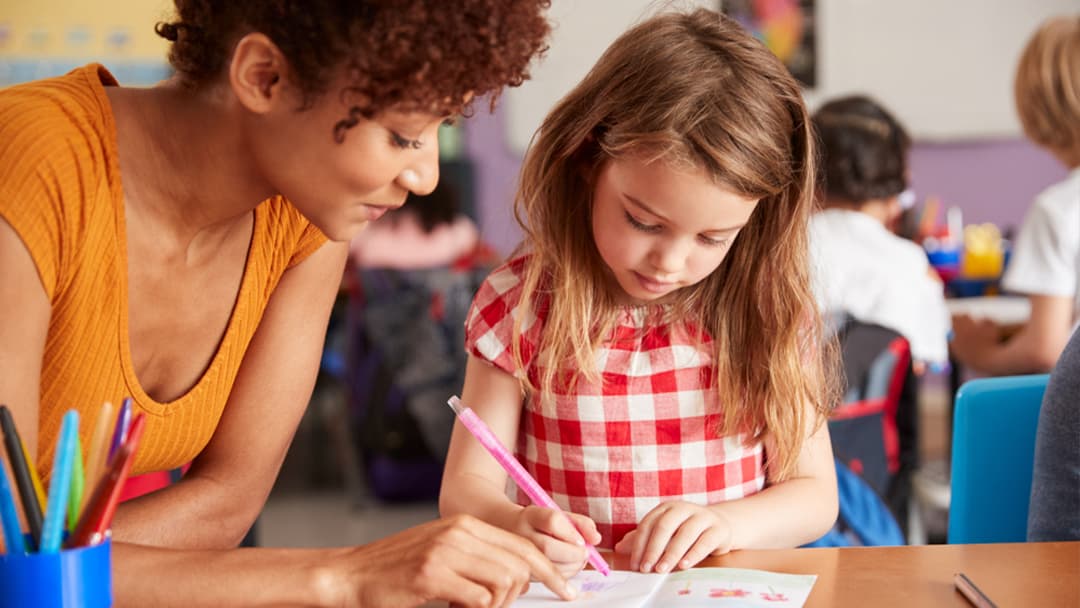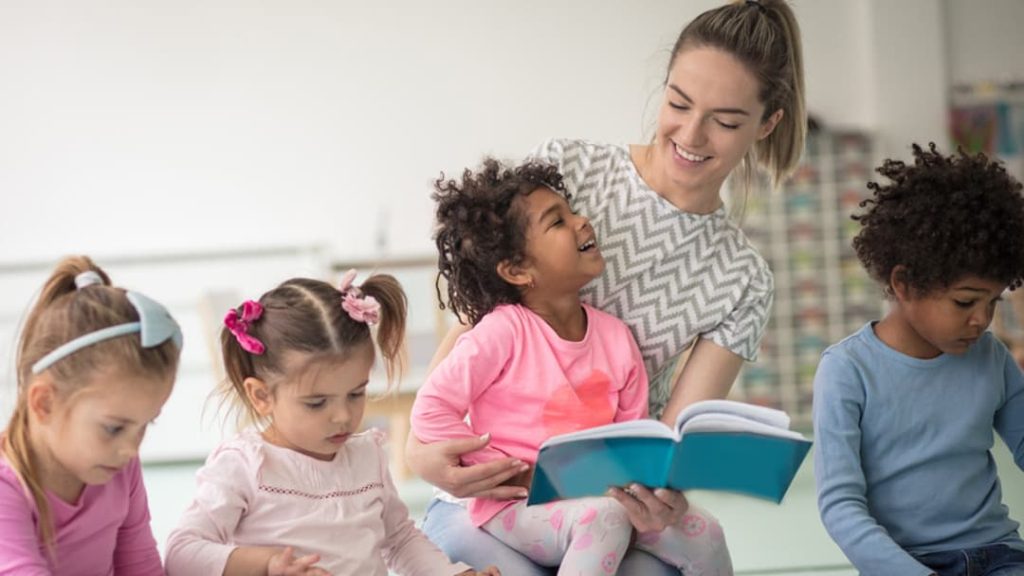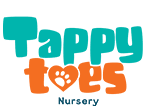
The Importance of One-On-One Learning Style
Have you ever wondered why some students thrive in a classroom environment while others struggle? Why do specific teaching methods resonate with some learners but not others? The answer often comes down to differences in learning styles. Students absorb and process information in diverse ways, so adopting versatile teaching strategies that accommodate these distinctions can have a tremendous impact.
What is a “learning style,” and why is tailoring instruction to fit individual preferences critical? What techniques allow teachers to reach many students while keeping children actively involved? This article will explore the significance of aligning teaching and learning styles to the unique ways children best acquire new skills and concepts.
What is a Learning Style?
Learning styles encompass students’ techniques and approaches to comprehend, process, and retain new information. As personality traits and intelligence levels vary from child to child, so do learning preferences. While some kids excel with hands-on application, others thrive when given opportunities for abstract thinking and experimentation. Some learners need structure and clear expectations to stay focused, while more independent self-starters manage well with minimal guidance. There are three common types of learning:
Visual Learners
Those who gravitate toward the visual category thrive when information gets presented in graphic displays like diagrams, illustrations or charts. They process ideas best when able to visualise key elements. Strong visual learners generally prefer sitting up front, where visual aids and whiteboard demonstrations always stay in clear sight.
Auditory Learners
As the name suggests, auditory learners absorb data most effectively through listening. Lectures often appeal to them along with class dialogues, oral storytelling, lively group discussions and subject matters that incorporate musical elements. Allowing these students to make verbal presentations also enables them to solidify concepts.
Kinaesthetic or Tactile Learners
Students who fall into the tactile or kinaesthetic category typically need hands-on experiences for messages to sink in fully. They are the children generally drawn to manipulatives like building blocks or flashcards, puzzles and other engaging materials. While lectures make passive listeners, immersive projects turn kinaesthetic kids into active participants. Designing lessons around role-playing, demonstrations, design tasks requiring model construction and even incorporating body movements or drama strategies whenever logical makes the experience more tangible for these hands-on students.
Why One-on-One Attention Is Essential
While incorporating play and class activities based around themes into your programmes is essential, put extra focus on one-on-one interactions for the following reasons:
Builds Strong Nurturing Bonds
Forming secure and caring attachments helps make children feel safe. This motivates them to explore, try new things, ask questions and soak up information like little sponges! At Tappy Toes Nursery, our low child-to-teacher ratios ensure every child receives plenty of tender loving care, praise for efforts and individual assistance to match their pace.
Allows For Personalisation
Getting to know each toddler’s and preschooler’s unique personality, strengths and areas for growth is key. Fun assessments allow for pinpointing maturity levels, interests and approaches to learning from the start. Cater activities, lessons and support to suit needs. Customisation promotes enjoyment in gaining new skills and deeper comprehension at their level.
Encourages Open Communication
One-on-one conversations reveal a child’s inner world – their wonderings, confusions, frustrations and delights. Attentive teachers pick up on verbal and non-verbal cues, building a safe space for sharing. This dynamic exchange enhances problem-solving abilities, emotional intelligence, vocabulary expansion, and social skills.
Boosts Confidence
Focused attention paired with praise and assistance prevents kids from slipping through the cracks or feeling lost. Getting dedicated help to master difficulties prevents discouragement. Children beam with pride and self-assurance after overcoming obstacles with encouragement from a trusted teacher!
Allows Experimentation At Their Pace
Children reach milestones like walking, talking and reading at varied rates. One-on-one guidance allows shy kids to warm up without pressure to perform for a crowd. Quicker learners also get the bonus challenge to feed their curiosity as far as their motivation takes them. Support for either scenario prevents stress or anxiety.
How Do You Accommodate Different Learning Styles in the Classroom?
 Teachers see a range of visual, auditory, and hands-on learners in early childhood education. Some basic strategies can make teaching students across this range of learning styles easier.
Teachers see a range of visual, auditory, and hands-on learners in early childhood education. Some basic strategies can make teaching students across this range of learning styles easier.
Get to Know Individual Preferences
Start by observing children closely during lessons and hands-on activities. Make notes about whether individuals appear highly engaged, distracted or disinterested. Connect with parents regarding what specific methods resonate or frustrate at home. Keep an open dialogue about how children react to various teaching strategies so responsive adjustments come naturally.
Create a Stimulating Sensory Environment
Fill the nursery space with vibrant colours, displays showcasing current lessons, examples of student work, age-appropriate learning manipulatives and centres focused on independent exploration through music, stories, building toys, sensory tables, dramatic play areas, and more based on the curriculum. Ensure Recordings of calming background music rotate throughout the day to nurture auditory learners during breaks.
Vary Teaching Techniques
Rather than relying solely on one-way instruction, purposefully vary approaches day-by-day. Use interactive workshops, activity stations for autonomous discovery, group discussions facilitating idea sharing, role-playing exercises, peer coaching opportunities, videos and experiments to make concepts tangible. Blend auditory, visual and tactical elements regularly so children process information through their particular learning lens.
Check for Understanding
Ask children comprehension questions often and without warning. This emphasises understanding over memorisation. Have children explain new concepts in their own words. Ask them to make physical demonstrations showing newly mastered skills. Use checkpoints consistently to guarantee subject clarity across learning styles.
Practice Patience & Creativity
Not every student will grasp topics in the initial introduction. Revisit critical subject matter using varied approaches to cement retention for slower-paced learners needing repetition through a different modality to solidify lessons fully. Brainstorm creative alternatives if struggles persist. Help children gently recognise personal strengths while developing growing edges through encouragement rather than criticism. Assist children in discovering academic interests they wish to nurture throughout education.
Promote Collaborative Problem Solving
Foster an engaging learning environment that allows students to practise decision-making, critical thinking, creative design, physical activity, and collaborative teamwork. Assign diversified roles so leadership skills stretch. Make sure thinkers, creators and communicators play off one another’s strengths. Choose topics connecting multiple intelligence aspects.
Learning Through Play
Encouraging kinetic kids to actively “play out” new ideas reinforces lessons on a profound level. Building, dressing up, board games and outdoor play allow them to see concepts in action, creating deeper neural pathways through novelty and motion. Assigning roles and leading group play promotes leadership, too!
At Tappy Toes Nursery, we understand how young minds absorb information differently. That is why implementing mixed methods makes our well-rounded curriculum more accessible. Teachers present core concepts verbally, visually and through hands-on techniques so children receive input through their dominant processing channels. By differentiating lessons, providing quiet spaces for concentration, engaging several senses simultaneously and actively involving kids in the discovery process through inquiry-based learning, we foster an environment primed for intellectual growth.
Conclusion
Understanding and adapting learning styles is crucial in effective early childhood education. Children process new information using visual, auditory or kinaesthetic preferences. By getting to know each child’s unique communication tendencies, creating multi-sensory environments, varying teaching techniques regularly, incorporating adaptive resources, checking for understanding consistently, and remaining patient yet creative, teachers can connect with a broad spectrum of learning needs successfully.
At Tappy Toes Nursery, our priority is tailoring our teaching methods to suit the individual learning styles of each child. We create an environment where all students can thrive by getting to know how every child learns best, whether through listening, seeing, or hands-on activities.

